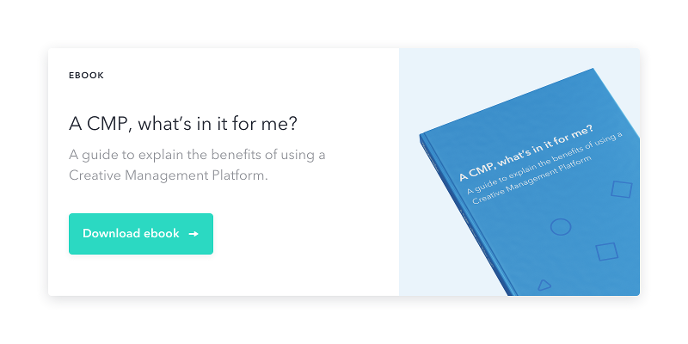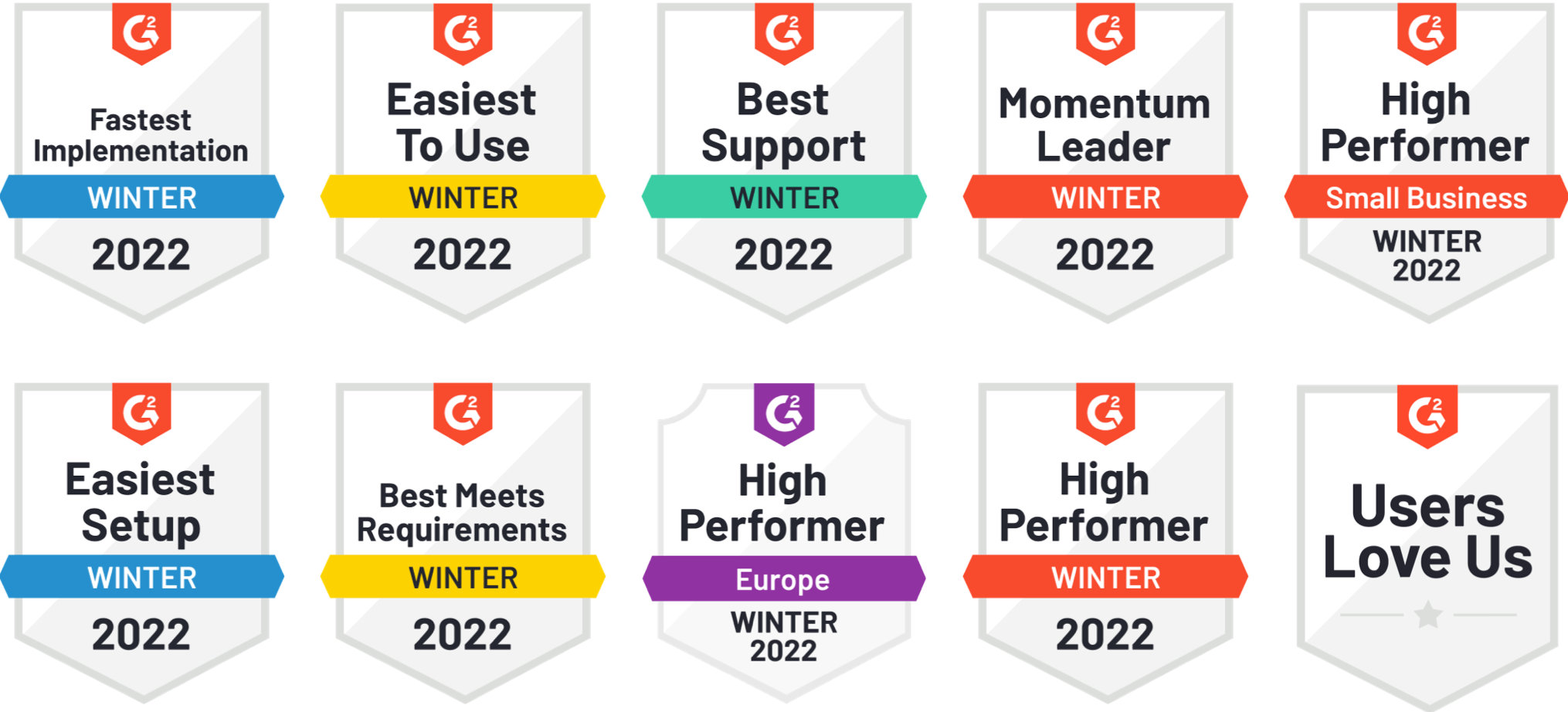Maybe you haven’t said it out loud before, but it’s time to face the facts. Digital ad production is a hassle. It’s frustrating, time-consuming and eats away a large part of your advertising budget. And by not owning up to your problem, a lot of potential remains untapped.
But it doesn’t have to be. If you decide to streamline your digital advertising process, you can effortlessly increase your ROI.
So, what are those common issues that you can experience? And what is the cure for this universal ache? Spoiler: there is one solution to the overall problem. To determine whether it fits you, let’s see if you identify with one or more of these pains first.
1. You don’t have enough time or not enough resources
Digital ad production takes up a lot of time and resources. You never create just a single ad, it’s always an extensive set in various shapes and sizes. But while you dream of mass production, really scaling-up seems infeasible, since all elements in your ads need to be put in manually.
You also need several people on your team to create your ads: a copywriter to write the copy, a designer for making the ad look stunning and a developer to turn the designs into code. Does anyone require a change? Then the whole process starts over again, ad by ad. Besides the fact that this is intensely boring for all those involved, it is also time-consuming.
And wait, didn’t you need all these versions by the end of the day? But the developer is not available. What to do? Especially marketers tend to feel they never have enough time or not enough resources to make their deadline. This leads to stress, frustration and the team rushing their work. On the other end of the line, this will result in bad ad experience or loss of brand consistency.
2. You experience a disorganized workflow
At Bannerwise, we have a saying: “You never create digital ads alone”. Just kidding, but it is true. It applies to most agencies or advertisers since they tend to work in teams that assign tasks to specific members. Marketers, designers, copywriters, developers and sometimes consultants or campaign managers too.
Involving all these people in a production process is very useful – when done right. It can also lead to a disorganized workflow, where it is not clear who is responsible for what and when. Copywriters often complain that designers don’t have their feeling for words. Designers in return complain developers mess up their design. Creatives go back and forth, and changes are executed without a clear vision or a responsible party that can sign off on the ad set as a whole.
What’s missing in this process is assigned user roles and permissions. Just as a lack of resources, a disorganized workflow will ultimately also lead to bad ad experience and brand inconsistency. Spelling errors, wrong logo’s or buttons that don’t click. We get all itchy even thinking about it. Such a waste!
3. You run into issues when you publish your ads
The creative process is finished. All ads are designed and ready to go. Now, you have to download them - but wait, they are not on your company’s server. Of course: your developer forgot to store them efficiently. You reach out and after a lot of back-and-forth, the developer emails them to you.
When you finally have all your creatives, the uploading starts. And that’s when a lot of problems can occur. It turns out the file size exceeds the KB limit for Google Ads. And the tracking link doesn’t work. You put the process on hold and turn to your team members once again, asking if they can take another look into the required specifications.
In the meanwhile, you’ll go get lunch, because this will take a while. You’ll see the new ads pop up in your inbox when they’re ready. This afternoon, or maybe tomorrow. You wonder: why can’t publishing your ads go any easier? This way, mass-producing your ads is out of the question and A/B testing more often seems a faraway dream.
4. You don’t have control over your creatives
One of the most common solutions to a lack of resources is to outsource the ad production process. While it can be very effective, outsourcing is – in our experience – not the holy grail of digital advertising.
For many advertising professionals, agility is a key driver to a successful production process. Since many ad sets are planned and developed quite shortly before they are launched, the turnaround time should be as short as possible. But when you outsource, external briefings need to be drafted, meetings need to be planned and getting all those involved on the same page can be a hassle.
Aside from that, other parties might not have enough brand familiarity. This can lead to unwanted back-and-forth and ultimately to a delay in the delivery. So, not only is outsourcing a costly endeavor (it eats away a large part of the advertising budget), it also creates an extra link, resulting in a loss of control over your creatives.
But even when you decide to keep your production process in-house, you can experience loss of control. For this, most people need the help of a designer or a developer. Required changes have to be scheduled or requested beforehand, and a last-minute task is always an issue. If there only was a way to change the CTA or background color yourself…
Digital ad production made simple
Can you relate to any of the issues mentioned above? If the answer is yes, you are in need of some digital advertising pain relief. Luckily, we have something to offer. Using a Creative Management Platform (CMP) could be very valuable. This is a cloud-based, technological solution that allows you to build all kinds of digital ads, better and faster.
It provides you with more control over your creatives but also helps to streamline collaborations. It both automates a large part of the production process as it gives you more opportunities to enhance your ads with video, animations and custom fonts.
If you already have use ad tech solutions such as a DSP, CDP or a DMP, a creative management platform would be a great addition to your stack. DSPs, CDPs and DMPs all offer capabilities that can be put to even better use with the right CMP.
Of course, we are all about making a thought-out choice, so we don’t want you to decide on using it right now. But we did want to mention it to you, so you can determine whether or not such a solution meets your needs.
If you want to learn more or take a deep dive into the benefits of using a CMP, download our eBook 'A CMP, what’s in it for me?' It’ll help you in making a well-advised decision.



